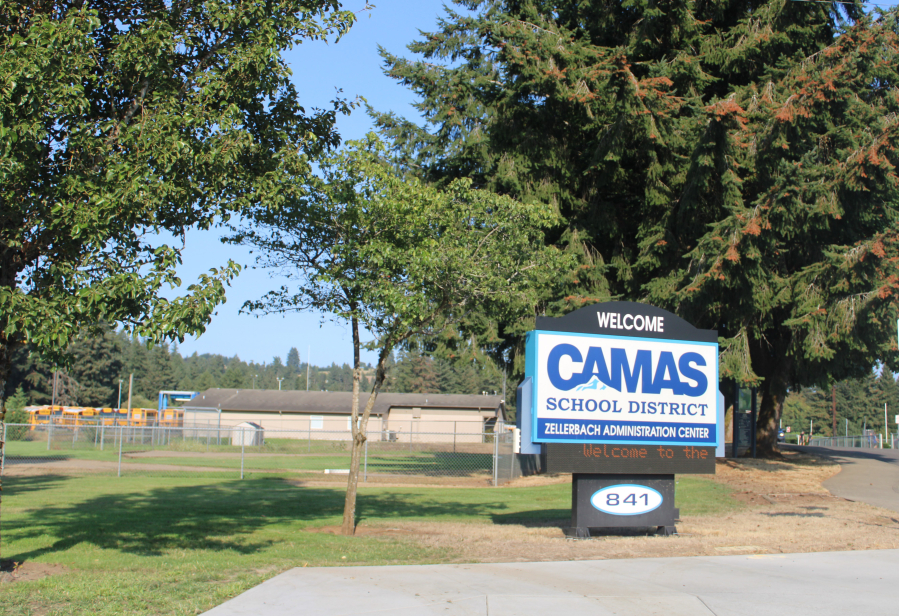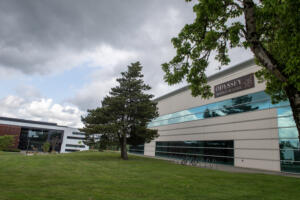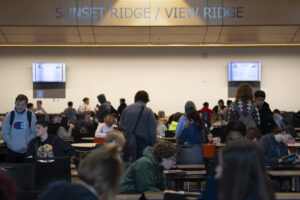Plagued by lower enrollment rates, state revenues that Camas school leaders say do not keep pace with the needs of modern school districts, the end of supplemental, federal COVID-relief dollars and increasing costs of doing business, the Camas School District is facing substantial cuts to its 2025-26 school year budget.
“We’ve made some central (administration) cuts this fall, around $700,000,” Camas School District Superintendent John Anzalone told Camas School Board members during their meeting on Monday, Sept. 23. “Our district’s fund balance is at a critically low level — under 4 percent next school year, and I know that’s not a comfortable level for our Board … I’m starting to get more than nervous that the fund balance is dwindling away.”
Anzalone showed how the school district’s fund balance, or general fund reserves, which can be used for emergency costs and covers expenses during months when the district is waiting for other revenues, such as property taxes, to flow in, has fluctuated over the past two decades, hitting its last low of around 4% during the Great Recession in 2008, but otherwise tending to stay above 8% and rising to around 17% when COVID-relief monies were coming from the federal government.
In 2022, Camas school officials approved a four-year budget plan that called for using around $5 million from its nearly $18 million in reserves during the 2022-23 school year and employing cost-contaminant mechanisms – including capping salary increases to 2% during the 2023-24 school year and to 1% during both the 2024-25 and 2025-26 school years – to help prevent major budget cuts.
After Camas teachers went on strike on Aug. 28, 2023, postponing the start of the 2023-24 school year for nearly two weeks, the school district agreed to a new two-year bargaining agreement that gave Camas teachers wage increases of 6.4% in 2023-24 and 6.6% in 2024-25.





